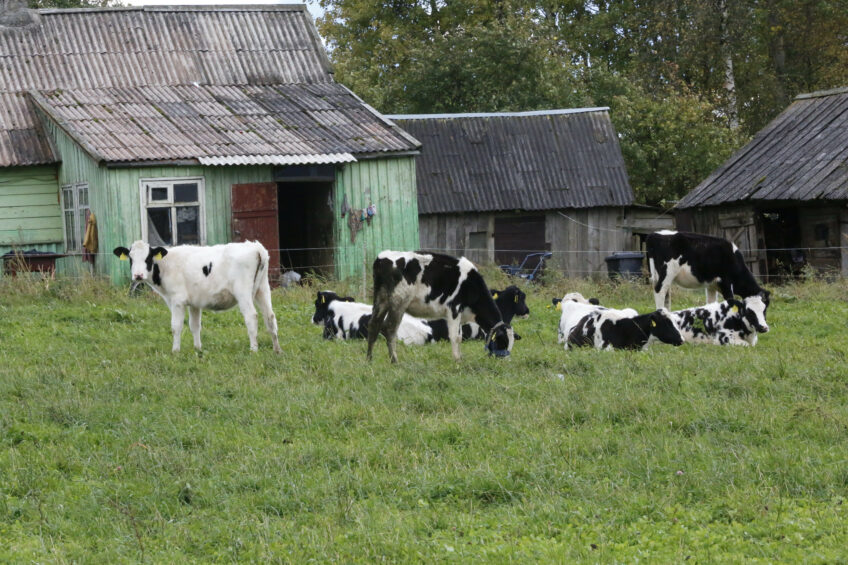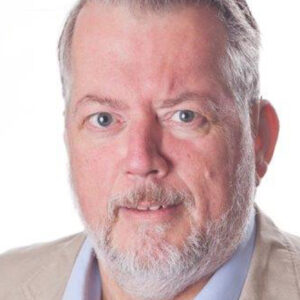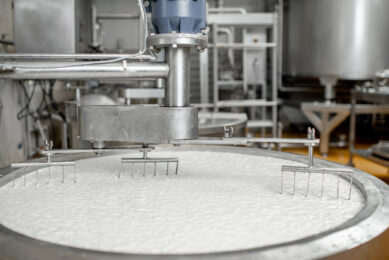Making good money in dairy farming

Lithuanian dairy farmers Kestutis and Ingrida Palciauskas have a cost price lower than € 0.25 per kilogram milk. They are now focusing on further investment into the reduction of labour costs.
“Dairy farming is a profitable business,” says Kestutis Palciauskas. The fact that he makes money is reflected in his company and in his house. Everything is freshly painted, the sheds are surrounded by a sea of concrete and none of the tractors are older than 5 years. The house is not basically furnished and the cattle are in good shape. The only minor part is the wet areas in the cow cubicles. The farmer acknowledges this as well: “I am not happy with this. I have never seen an autumn as wet as this one. Our cattle grazes 20 hours per day from April to late November. But now, we are forced to put the cattle indoors on 3 October already and start feeding them their winter ration. Change in diet means that several days later, the cows’ manure is still thin as a result of the autumn grass. But luckily, a week from now it will be a completely different sight.”

Low-cost start
Mr Palciauskas received 21 hectares of pasture land from his grandparents in 1994. With this, he started with several cows and gradually the herd expanded, largely financed out of the cash flow. Only when he wanted to build a new freestall shed in 2005 he had to borrow €100,000 from the bank, which had to be repaid in five years at an interest rate of 7%. Thanks to substantial EU subsidies, around 30% on company structure improving investments, the loan was paid back in 2007. Today he owns 240 hectares, milks almost 150 cows and is free of funding. He is finalising the construction of a shed for young cattle with 120 spaces, which will end the need to move the livestock between the 2 adjacent locations. “We are mainly investing in making our work easier and more efficient. Feeding at two different locations takes up a lot of time and money,” says his wife Ingrida.

Labour still not efficient
The emphasis on improving labour efficiency sounds odd. After all, wages in this former Eastern bloc country are far beyond the Western European standards. The entrepreneurs have 5 full-time employees, who work 45 hours per week, on the payroll, including 3 milkers and 2 all-round employees. The total wage bill remains under €6,500 per month. “Wages continue to rise rapidly,” says Ingrida. “Many Lithuanians have moved to Germany and the Scandinavian countries.” She has noticed finding milkers is more difficult. The generation that still worked on sovkhoz farms (state farms) are now retiring and there is little influx in arable farming. “The expertise and skills are disappearing. That is why we invest in the reduction of labour needs.”

The new shed for the young cattle is a result of this. Replacing the feed mixer with a feeding robot, which will be placed in December, is the second step that will save on labour. After that, looking into milking is a logical step. Herding 150 cows through a 2 x 5 herringbone twice a day, including cleaning the milking parlour, takes up six hours. Scaling up to a 2 x 14 or investing in milking robots quickly comes to mind. “A larger milking parlour is expensive as we will have to address construction issues as well. That cannot be earned back easily by cutting labour costs.” What about milking robots? “Two milking robots are not enough for the number of cows we have. If we would add a third one, it will only run on half capacity in practice. We are still dubious about this, as switching to robots is another expansion.”

Investments passed on
That is why Ingrida would rather increase production in the short term than adapt the milking process. “With our Holsteins we would easily be able to reach 8,000kg milk per cow per year by providing more concentrated feed.” The daily intake of 6kg of concentrated feed per cow, grains included, is not very high. Increasing this is a cheap way to milk more kilograms. Due to the low usage of concentrates and fertiliser (20 tonnes limestone ammonium nitrate per year) and the absence of funding the direct costs are low.
|
The property consists of 170 hectares pasture land and 70 hectares of wheat and barley. About half of the wheat is fed to the cattle. The average milk production (supplied to the processor) is just above 7,000kg per cow with 4.60% fat and 3.50% protein. The farm owns all mechanisation and is free of funding.
In 2016 the cattle farmers were, at an average milk price of €0.24, able to pay all costs and retained money thanks to their arable farming branch. As the milk price reached € 0.39 in October 2017, profits are high. Mr Palciauskas expects to use a part of it to buy 20 to 50 hectares of land. The supply is high in the dairy farming oriented region. The asking price for the average to somewhat better land is around €2,800 per hectare. With a low fertilisation rate this soil is good for three cuts per year. What else does a 50+ person desire in life? “We often talk about travelling,” Mr Palciauskas says. “In practice this won’t happen because I love my job too much.”
Join 13,000+ subscribers
Subscribe to our newsletter to stay updated about all the need-to-know content in the dairy sector, two times a week.


 Profile
Profile







